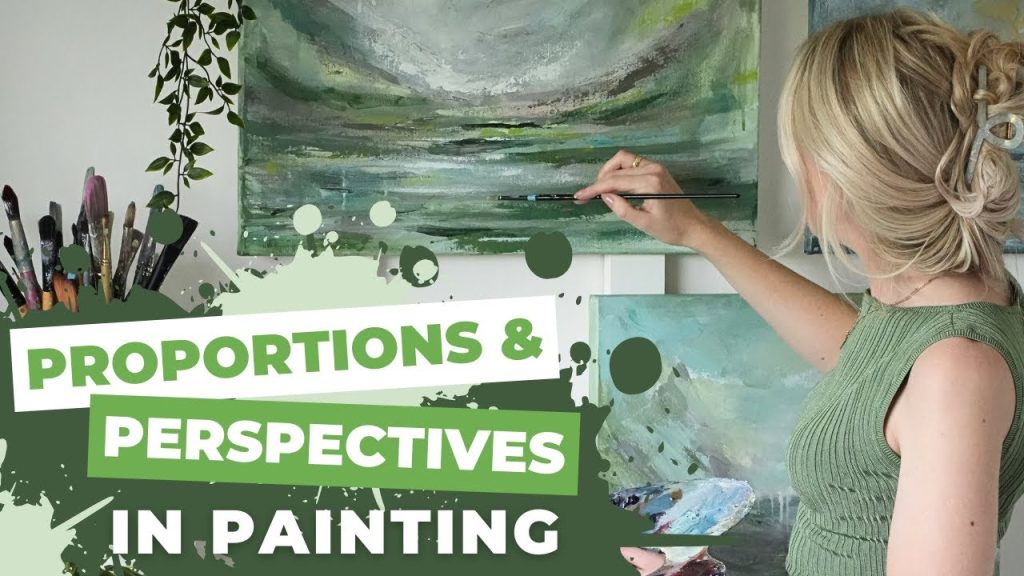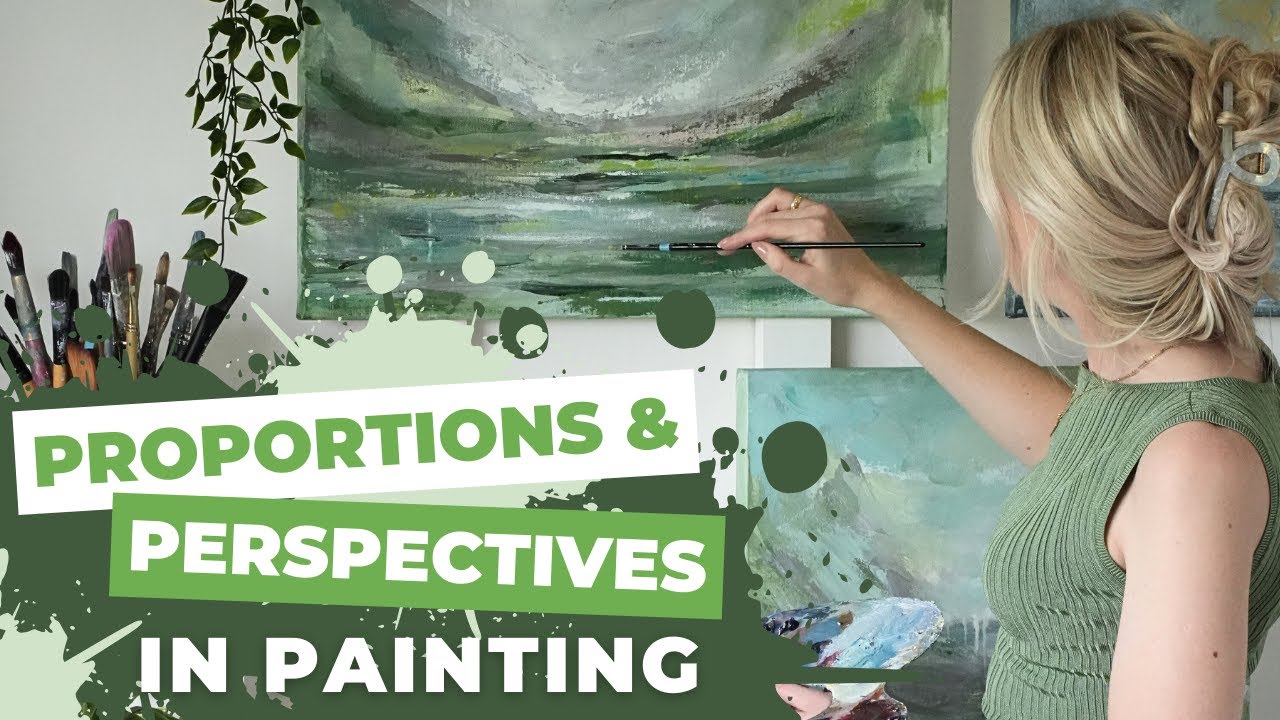
An Artist’s Perspective: Insights from the Easel

# The Importance of an Inspiring Artistic Workspace
Creating art is a deeply personal and immersive experience, shaped not just by an artist’s materials and techniques but also by their environment. Every artist’s studio tells a unique story, reflecting their creative process, inspirations, and connections to the world around them. While some artists thrive amidst organized chaos, others seek tranquility and minimalism. This article explores how workspace design and location influence artists’ work, based on insights from creative professionals reflecting on their studio spaces.
## **The Role of Environment in Creativity**
A studio is more than just a room—it is a sanctuary where inspiration breathes life into creative expression. For some artists, nature plays a crucial role in their work. A studio nestled among towering trees, with the sounds of birds and rustling leaves, brings a sense of solitude and calmness that nurtures the imagination. One artist working in the foothills of California finds inspiration in the surroundings of oak and pine trees, taking notes on the changes in nature while incorporating those observations into her artistic process.
On the other hand, some artists thrive on the energy of urban environments. The vibrancy of city life, with its architecture, street art, and fast-paced rhythm, can be a powerful source of inspiration. Riding bikes through neighborhoods, observing unique foliage, or attending art events adds to an artist’s creative fuel, shaping the tone and themes of their work.
## **The Importance of Routine in Studio Practice**
Regardless of where an artist works, a structured routine is essential in maintaining productivity and focus. Some artists begin their creative day with a ritual—perhaps lighting incense or flipping through old sketches—to get into the right mindset. Others depend on music to establish the studio’s atmosphere, using different styles depending on the piece they are developing.
A well-balanced routine allows for experimentation. Working with different media—whether ink, gouache, oil paint, or unconventional materials like insulation foam—demands an adaptable space that fosters growth and exploration. Many artists work on multiple pieces at once, meaning the studio’s design and organization need to accommodate this dynamic process.
## **Overcoming Studio Limitations**
Few studio spaces are perfect, and many artists adapt their environments to meet their needs. A spacious studio allows artists to work on larger projects or multiple compositions simultaneously. However, even the most well-equipped studios may lack key features, such as windows for natural light or better ventilation.
One artist interviewed noted the importance of having a heavy studio door. While this may seem like a minor detail, it becomes part of their daily interaction with the space, reinforcing a sense of purpose and commitment each time they enter their creative sanctuary.
## **Connections Beyond the Studio**
While the studio is an individual space, many artists extend their engagement with the outside world in unique ways. Some take their sketchbooks on hikes, drawing inspiration from on-site observations. Others build strong relationships within their local art communities, attending gallery exhibitions, lectures, or performance events. Biking through towns and exploring hidden alleyways may serve as a means of discovery, providing exposure to new ideas and perspectives.
Environments do not solely influence physical artistry; they also shape emotional and intellectual connections to the artwork produced. For many, artistic practice is not just about creation—it is deeply intertwined with their surroundings, history, and culture.
## **Conclusion**
An artist’s studio is more than just a workspace—it is a reflection of their creativity, habits, and inspirations. Whether in a nature-filled retreat or a bustling city, the relationship between the artist and their environment shapes the way they approach their craft. By embracing their space—flaws and all—artists find ways to create, explore, and evolve in an ever-changing artistic journey.
Do you have a unique studio or workspace that fuels your creativity? Share your experience with us, and let’s celebrate the spaces where art comes to life!